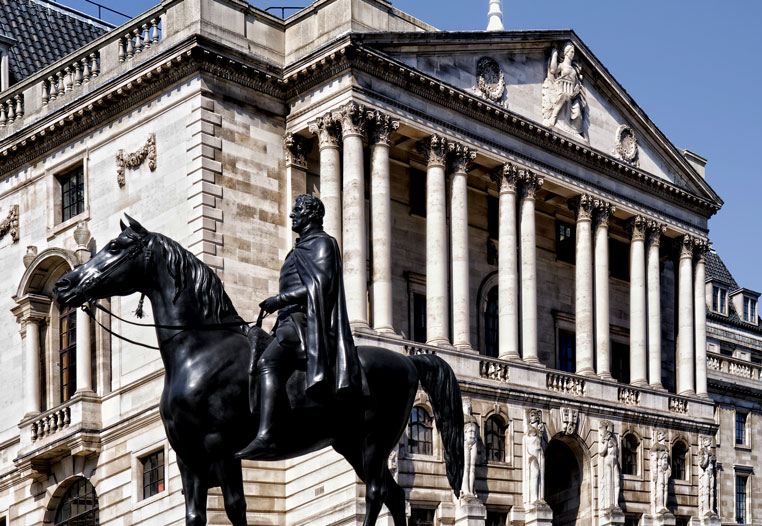In a speech at the University of Manchester on Wednesday, Bank of England Deputy Governor for Financial Stability, Sir Jon Cunliffe, discusses the factors that have influenced the level of interest rates over the recent past. He examines the policy challenges posed by a prolonged period of low underlying interest rates, and looks ahead at the trade-offs that the Monetary Policy Committee will have to make to bring inflation back to target.
Jon explains that in order to understand why official rates are so low, it is necessary to analyse the drivers of two concepts of interest rate: the trend real rate of interest and the natural real interest rate (R*).
The trend real rate is a longer-term measure which balances the demand for investment with the supply of saving when the economy is growing at trend. Over the years, this has been depressed by a glut of savings, reduction in investment opportunities and expectations of a lower rate of real global economic growth. The natural real interest rate, meanwhile, is a shorter-term concept and is necessary to offset the impact of unexpected shocks hitting the economy. It is useful as a reference point for policymakers to assess the tightness or looseness of the monetary policy stance.
“It is generally acknowledged that the exceptional monetary policies implemented in the years immediately following the crisis were necessary. However we are now eight years on and monetary policy still appears to many exceptionally loose by reference to historical rates of interest. Can this still be justified by reference to the natural rate? My own view is that it can.”
Jon explains that while the natural rate has risen since 2012 from its post-crisis trough, it is now closer to the zero mark and is still likely to be negative. This is due to headwinds to demand from fiscal tightening, weakness in the global economy, restoration of credit spreads to more sustainable levels and elevated risk aversion. A further reason may be a drop in the trend real rate itself.
Jon identifies two main implications for central banks if the natural rate remains around zero and does not rise even as headwinds abate.
First, is that policy rates will remain low and will rise slowly and to levels materially below those that prevailed before the crisis; second, the tools deployed by central banks to offset shocks to the real economy will have more complex effects on the financial sector and the price of financial assets.
He observes that even if policy is following the natural rate of interest, the effects can be felt more powerfully when policy rates are at what appear to be very high or very low absolute levels. Central banks are mandated to make difficult trade-offs: most notably, when inflation is off-track, they have to balance the speed with which it is brought back to target against the impact on growth. However, it is not for central banks to make more granular judgements on the distributional effects of policy: such decisions should remain the province of elected authorities that have many instruments to address these issues.
The impact of the depreciation of sterling on future inflation has increased the salience of such a trade-off for the MPC, Jon notes.
“As the Committee has made clear, there are limits to the extent to which above-target inflation can be tolerated. These limits depend, inter alia, on what is driving the inflation overshoot, on the impact on inflation expectations, and on the scale of the output gap. The exchange rate shock has made it more difficult for policy to follow the natural rate,” according to Jon.
Finally, Jon examines the challenges posed by a secular period of very low interest rates. In that scenario, authorities with a longer policy horizon and with instruments with a more enduring impact are best placed to address those challenges, namely, raising the growth rate of productivity. Another challenge might be to address some of the longer term factors driving the imbalance in the supply of savings, and the demand for investment, including lower public investment, that appear to have pushed the trend real rate down.
“The answers to these challenges are not simple,” Jon concludes. “Structural change to raise productivity can be very difficult; it often means there will be losers and winners. Likewise, fiscal policy needs to balance public spending with sustainability through time.”
“These are certainly not, I readily admit, issues for central bankers. It is not so much that we have our plates quite full meeting our much narrower and shorter-term mandates – though that is surely true. It is that, more fundamentally, these are decisions and actions that only governments can and should take.”

